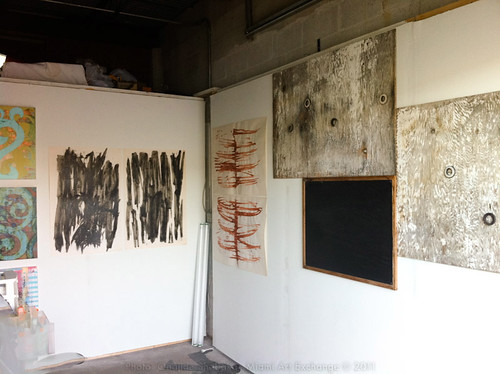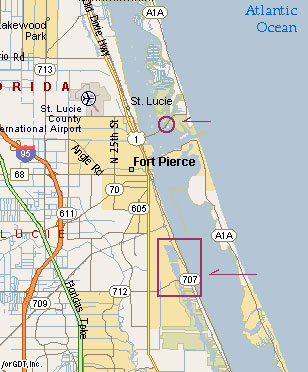“How to find an art partner and share artistic ideas successfully!
Collaboration is another word for teamwork. It’s the art of merging two or more creative whizzes, whether it is an artist and a writer, an artist and a photographer or an artist and a musician. This powerful partnership has the ability to create a massive explosion of creativity and result in an expanded, well thought out concept.
Collaboration is more than getting together to fuse your creative energy into a large piece of work. It doesn’t just happen in one day —it’s a long, committed process. But via this process, you will experience another person’s artsy mind and have the ability to dip yourself into another artist’s soul and hopefully take something from that (and I don’t mean stealing ideas) — think: styles, knowledge, processes. Collaboration allows artists to experiment, take chances, as well as learn from and teach others.
However, in order for this kind of creativity to reach it’s maximum potential, artists must follow these steps:
The first step is finding the right art partner(s)
This means finding your other artistic half. Not only must you find a strong artist, you must also find a strong artist with a mind for business. The following are a few ideal traits to look for in your long-term partner:
• They should have lots of art knowledge and be passionate about what they do!
• They should be open to any and all ideas, from the norm to the bizarre.
• They should have a different interest or style, but the ability to fuse two very different artistic ideas. This is best for creating unique work.
• They should be able to simultaneously communicate and listen.
Now although you’re searching for ‘the one,’ keep in mind that the other person is also looking for these traits in you. Hopefully you’ll be lucky enough to find someone you mesh well with — someone with whom you can connect with and share mind-blowingly awesome brainstorming sessions.
The second step is developing your goals together
You have your own art goals and your partner no doubt has his own too, but collaboration means compromise. You joined forces to achieve one goal together, so communication is a must and should be dealt with accordingly. There’s no room for egos here, so check them at the door.
Some goals to think about are: What would the project consist of; How long will it take; What is it’s purpose, etc. It’s similar to creating a design brief, only this time you have a second set of opinions. Figuring out the ultimate goal also means figuring out the process of how to get there. What kind of partnership will this be: a leader and a follower? How will you make the ultimate decision?
Throughout this step, being as specific as possible is worth the cramps you may feel in your hands from jotting it all down. All ideas, as well as what was spoken about during these meetings should be noted for future reference.
The third step is working as a team
Teamwork doesn’t mean one person does all the work — teamwork mean collaboration, compromise, and creativity. Collaborating on an artistic project is a big undertaking and to achieve a finished piece, your team should assign duties and roles and specify what each artist will do.
Sure, along the way, you’re going to find yourself in heated discussions and tempers may flare; we’re passionate artists after all. But remember, both sides must keep an open-mind for the project to work. Listen to what your partner(s) have to say and let them justify their reasons before jumping down their throats. Make it a point as a team to explain your ideas, rather than defend them.
Remember, the two (or three, or four) of you got together to create something artistically beautiful. You were attracted to each others different styles, creativity and thought processes. You decided to join forces and merge these different talents and skills to form a concoction you hope will enrich minds and leave your viewers in awe.
Good luck on your collaborative endeavors!”
Featured Author: Elisha-Rio Apilado
Elisha-Rio Apilado is a Chicago based graphic designer/illustrator and studio artist whose paintings and drawings have been featured in various exhibitions. Elisha studied studio art in Dallas, TX and moved back to Chicago where she obtained a B.F.A. in Visual Communications at the IL Institute of Art. She is currently diving into the career world of design while taking on freelance gigs and volunteer work.
Her portfolio and blog of random art findings can be found at erioapilado.com. Join her Facebook page or follow her on twitter where her daily art adventures are posted.












 “Untitled” © 2008
“Untitled” © 2008

